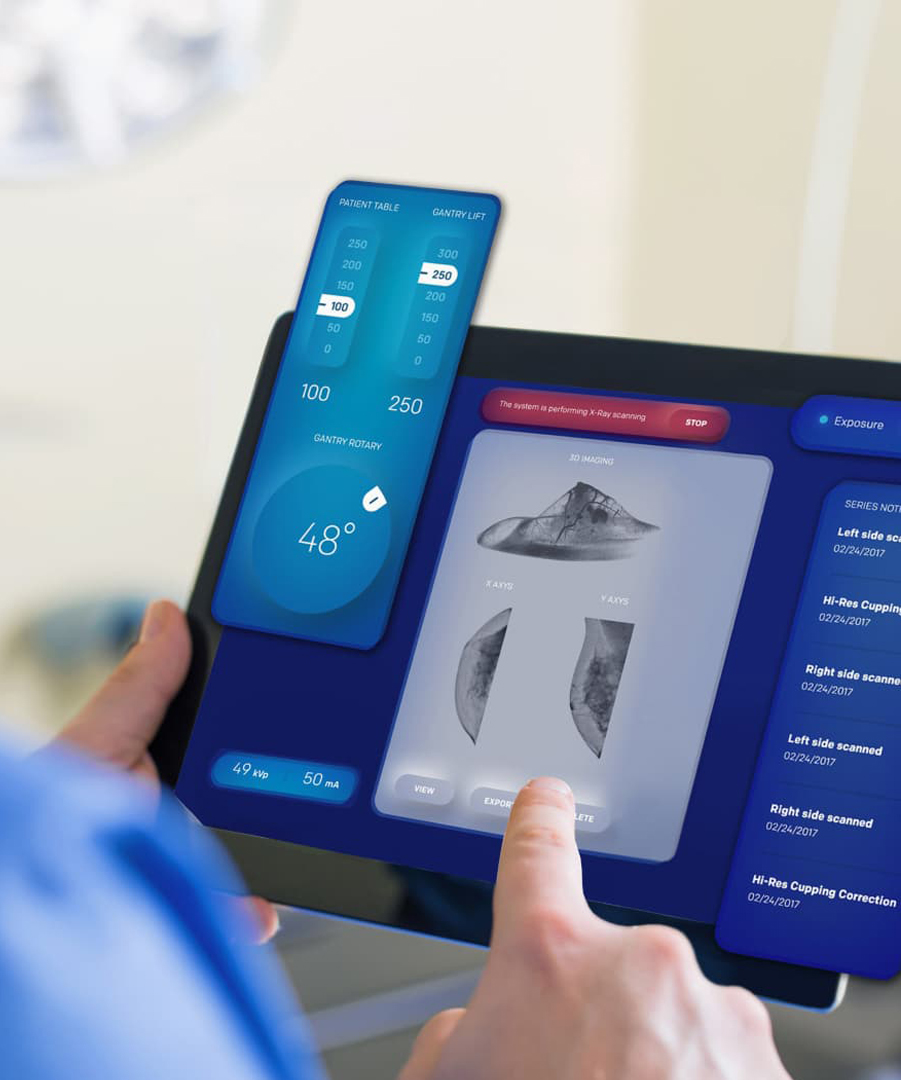


泡沫消防车作为现代消防装备的重要组成部分,在扑灭各类火灾中发挥着不可替代的作用。POWERSTAR专注于各类消防车的研发和生产,可根据客户需求定制不同品牌底盘和容量的泡沫消防车。这些车型包括: 五十铃泡沫消防车 、豪沃泡沫消防车、一汽泡沫消防车、陕汽泡沫消防车等,满足石油化工厂、机场、城市消防等不同场景的特定需求。本文详细介绍了泡沫消防车的定义、工作原理、显著优势以及主要应用场景,帮助您全面了解这一专业消防装备的价值。

1.什么是泡沫消防车?
泡沫消防车是一种配备泡沫混合装置和喷射系统的专用消防车辆。力星公司生产的各种泡沫消防车采用五十铃、豪沃、一汽、陕汽等国内外知名品牌的优质底盘,并配备高效的泡沫比例混合系统。这些消防车主要用于扑灭油类、化学品等易燃液体的火灾。与普通水罐消防车不同,泡沫消防车不仅运水,还配备专用泡沫液罐和智能比例混合系统,可将水和泡沫浓缩液按特定比例混合,形成泡沫灭火剂。
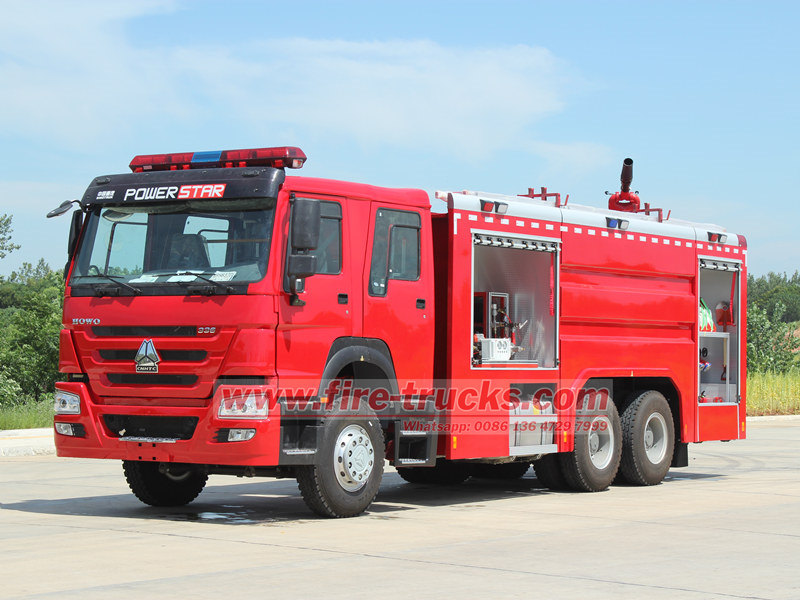
该类消防车一般由重型卡车底盘改装而成,按液体容量可分为大、中、小型泡沫消防车。 动力之星 的 豪沃泡沫消防车 可载液量超过15吨的五十铃中型泡沫消防车,则基于五十铃底盘改装,兼顾了机动性和灭火能力。近年来,随着科技进步,基于皮卡平台改装的小型泡沫消防车应运而生,其灵活性和敏捷性使其尤其适合狭窄区域作业和初期火灾的快速响应。泡沫消防车的核心价值在于其能够快速生成和喷射灭火泡沫,有效覆盖燃烧物表面,隔绝氧气并降低温度,从而实现快速灭火。
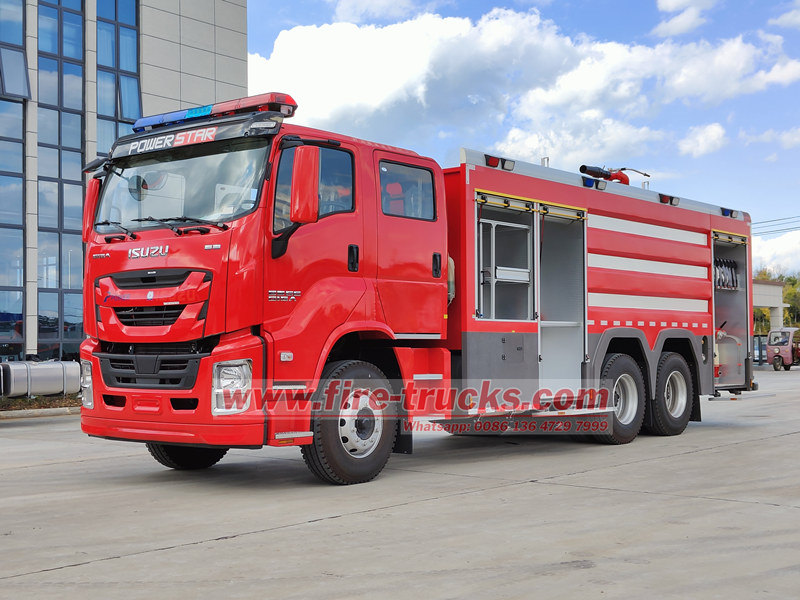
2.泡沫消防车的工作原理
泡沫消防车的工作原理基于一套精确的液体混合和输送系统。到达火灾现场后,操作人员首先根据火势情况选择合适的泡沫配比(通常为3%或6%)。消防泵从水箱中抽水,泡沫泵从泡沫罐中抽取浓缩泡沫液。两者在比例混合器中按设定的比例自动混合。
混合后的泡沫溶液通过消防水带输送至泡沫炮或泡沫喷嘴,在喷射过程中吸入空气形成灭火泡沫。这种泡沫具有出色的覆盖性和持久性,能够有效地将燃烧物与氧气隔离。对于大型泡沫消防车来说,泡沫炮的射程可达70米以上,而皮卡车上改装的小型泡沫系统更适合精确的近距离灭火。
值得一提的是,现代高端泡沫消防车配备了智能控制系统,可实时调整混合比例和喷射模式,以适应不同类型的火灾。部分车型还集成了干粉灭火系统,形成复合灭火能力,显著提高灭火效率。
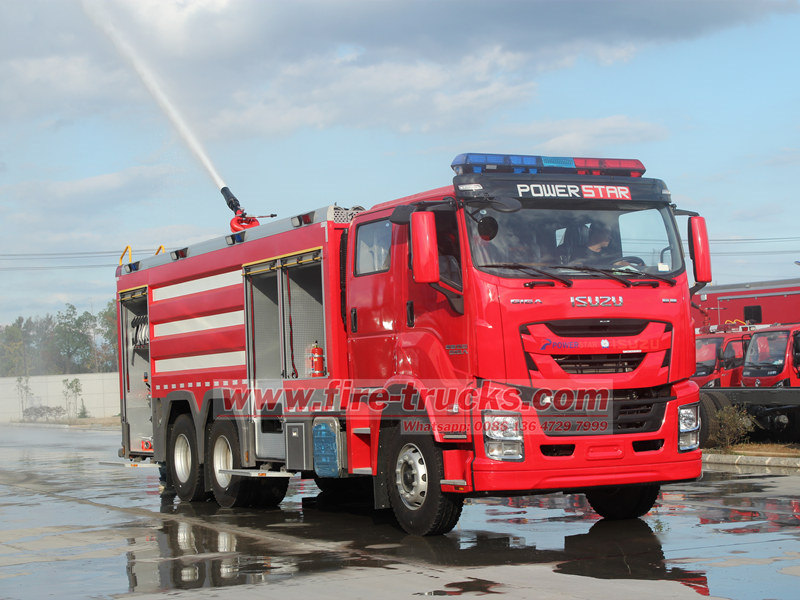
3.泡沫消防车的显著优势
泡沫消防车
相比传统消防车,其具备诸多优势,是石化、机场等高危场所的首选消防装备。其核心优势主要体现在以下几个方面:
1.高效的灭火性能:
泡沫灭火剂可以快速覆盖大面积火灾区域,尤其对于油类火灾,其灭火效率是单纯水灭火的10倍以上。泡沫层不仅隔绝氧气,还能有效阻止燃料蒸汽的挥发,避免复燃。
2.节约用水:
与水基灭火相比,泡沫灭火显著减少了用水量。这对于水资源匮乏地区的灭火工作尤为重要,也是皮卡消防车等小型设备能够发挥重要作用的原因。
3.安全性高:
泡沫消防车通常配备远程控制的泡沫炮,使消防员能够在安全距离内进行操作。一些高端车型还配备了热成像摄像机和有毒气体探测器,进一步保障消防员的安全。
4.多功能性:
现代泡沫消防车通常集成多种消防功能,能够喷洒泡沫、纯净水或细水雾,使其成为多用途车辆。即使是基于皮卡车平台的小型泡沫系统也具备这种灵活的切换功能。
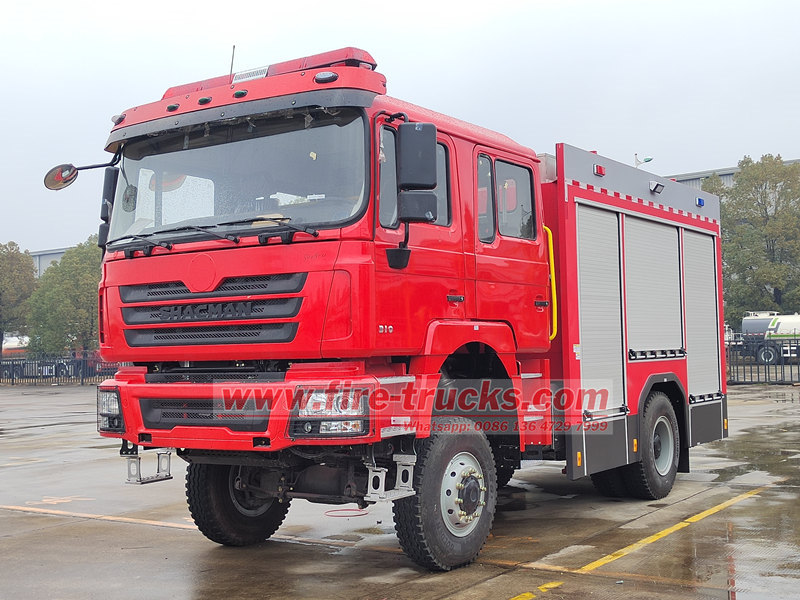
4.泡沫消防车的主要用途
泡沫消防车的特殊功能使其在几个独特的领域中不可或缺,其中包括:
• 石化行业:
这是泡沫消防车的主要应用领域。储油罐区、炼油厂和化工厂的火灾通常涉及易燃液体,因此泡沫消防车是此类场景的首选设备。大型储油区通常配备多辆大容量泡沫消防车,形成立体消防网络。
• 机场消防:
民航机场必须配备专用的机场泡沫消防车(又称“快速灭火车”)。这些车辆加速性能出色,能够在短时间内到达跑道上的任何位置,扑灭航空燃油火灾。一些机场还会配备基于皮卡平台的轻型泡沫消防车作为辅助设备。
• 城市综合消防:
随着城市高层建筑和地下空间的增多,泡沫消防车在城市消防中发挥着越来越重要的作用,它不仅可以扑灭普通火灾,还能有效处理地下停车场车辆火灾、变压器火灾等特殊场景。
• 工业园区:
各类制造工厂、物流仓库等设施正逐步配备泡沫消防车或小型泡沫灭火系统。特别是在储存大量可燃物的场所,泡沫消防车能够提供更可靠的消防安全保障。
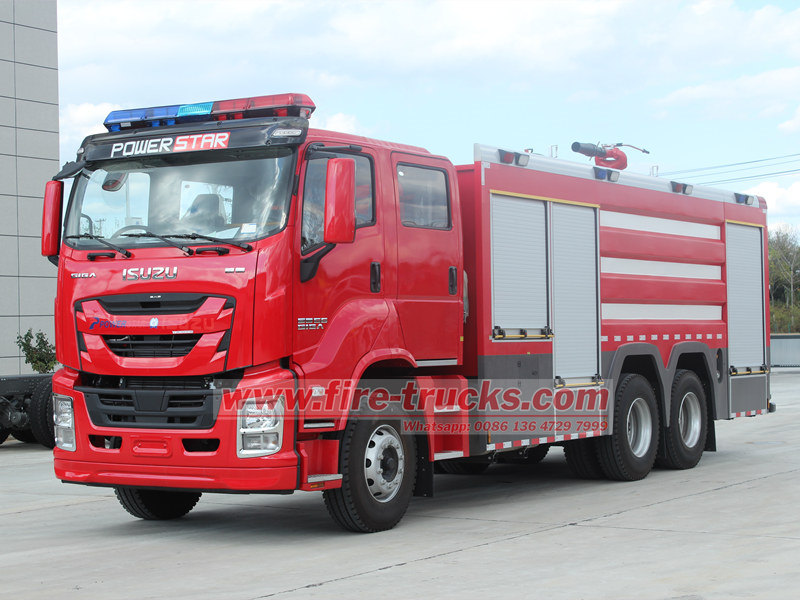
您可能对以下信息感兴趣